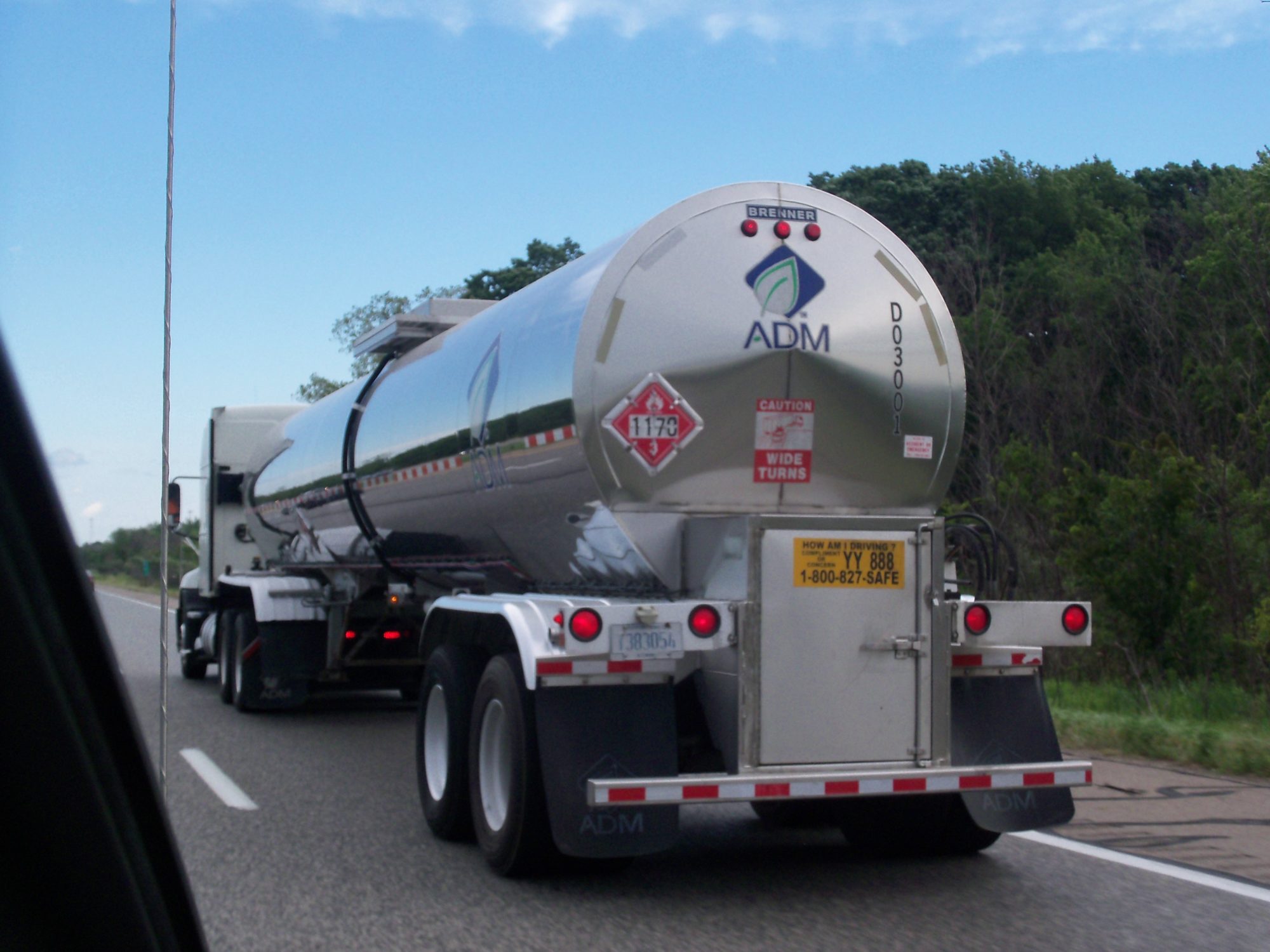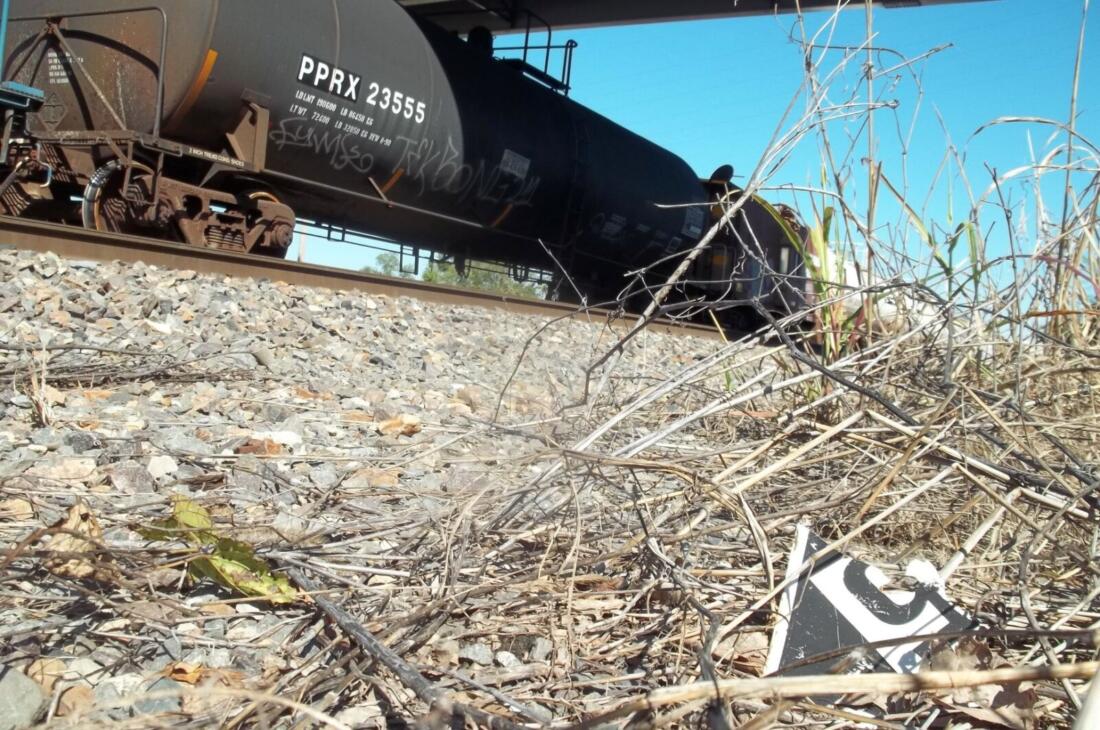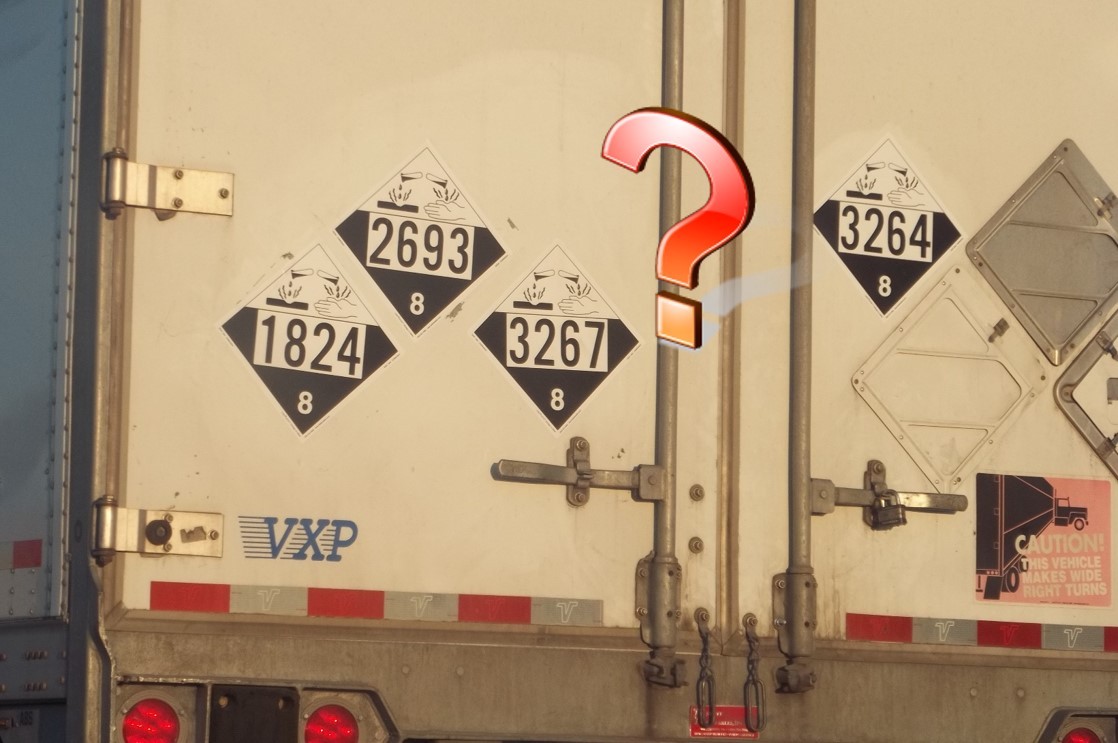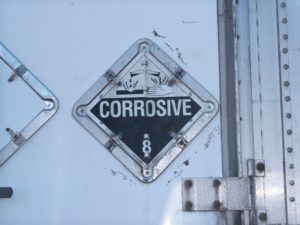The question, November 05, 2020:
Good afternoon,
I have a question about carrying bulk tanks. I recently got stop and was told that I was in violation because I didn’t have my placards showing with flammable material. I told the DOT officer that my bulk tanks were empty and that to my understanding that once you are empty you cant show your placards as flammable anymore. Well, long story short I got a ticket for not showing my placards as flammable even though the totes were empty.
My question is… Is he correct on this?
Thank you,
Daniels Training Services, Inc. 815.821.1550 |
My reply that same day:
The answer depends on two factors:
- Are the “bulk tanks” or “totes” you refer to a bulk packaging? I presume they are.
- Are the bulk tanks / totes empty to the point where they are sufficiently cleaned of residue and purged of vapors to remove any potential hazard per 49 CFR 173.29(b)(2)(ii)? I presume they are not and still contain some residue of the HazMat.
If this situation involves a bulk packaging that still contains the residue of a Class 3 Flammable Liquid (even just vapors), then – unfortunately – the DOT officer is correct in that the packaging must continue to display the placards it was required to display when full. In fact, the entire consignment is subject to full regulation, which requires:
- Required display of placards and identification number on the bulk packaging.
- Shipping paper describing the HazMat.
- HazMat Employee training for all persons with a direct affect on its safe transportation. The driver may also require Driver Training.
- A commercial driver’s license (CDL) with the HazMat endorsement for the driver (you!).
- Emergency response information and an emergency response telephone must accompany the consignment.
- More…
There is an exception from full USDOT regulations for an empty packaging with residue but this exception does not apply to a bulk packaging like your totes.
I hope this helps. Please contact me with any other questions.
Interested in a Webinar that covers this topic, and more! |
Conclusion:
Probably didn’t help him much since he already had the ticket. But, better to be sure for next time.
Contact me before you or one of your drivers are ticketed by USDOT for a HazMat transportation violation.





